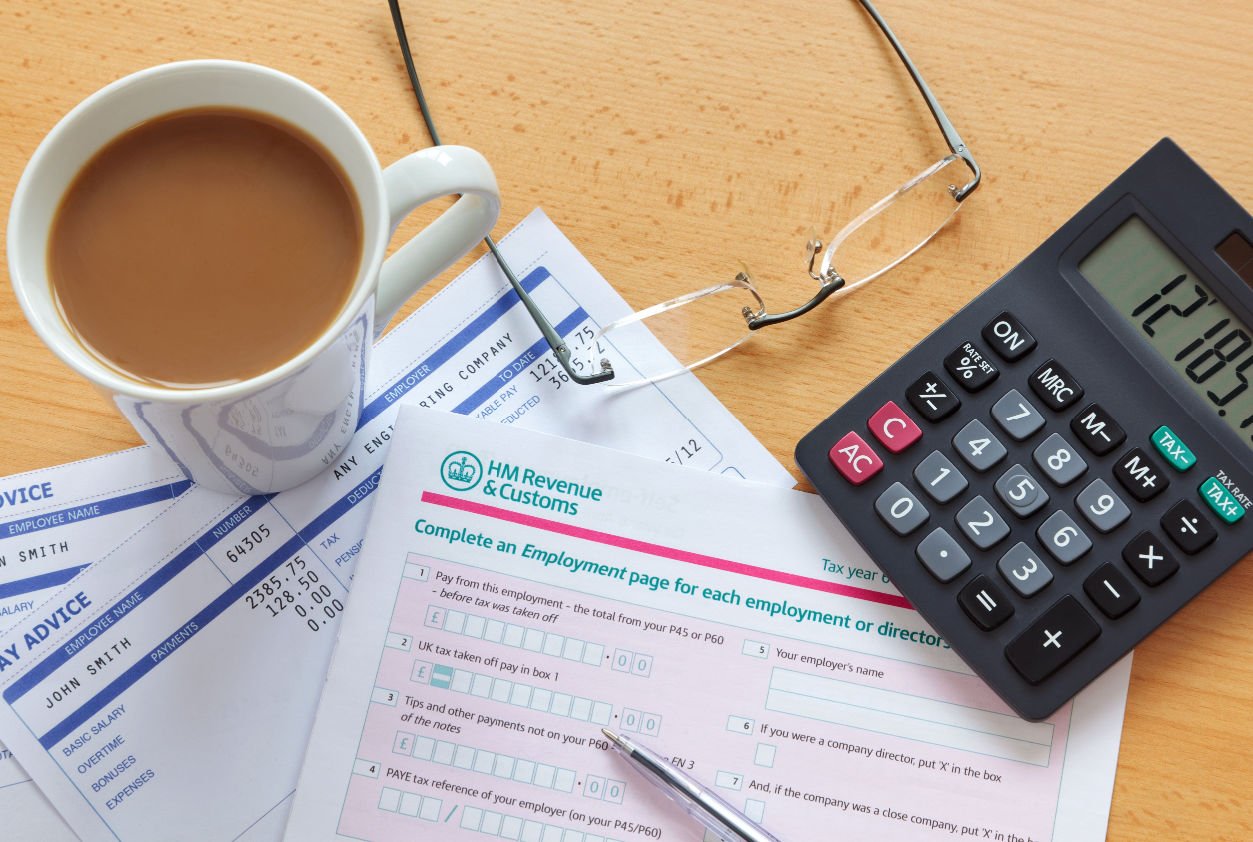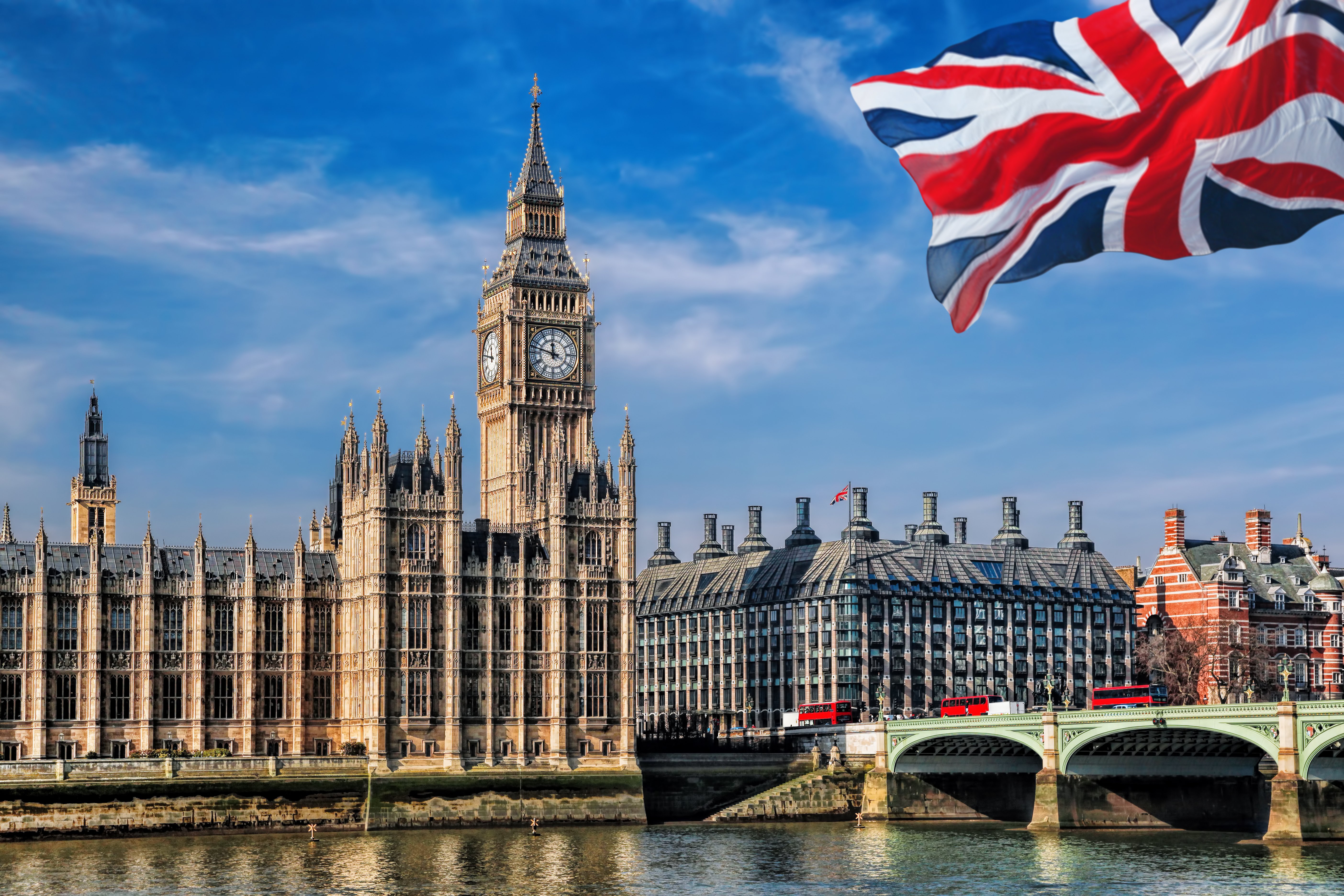EIS carry back and CGT disposal | Understanding the tax reliefs
A topic commonly discussed at GCV, we write a lot about the Enterprise Investment Scheme (EIS). Alongside covering the scheme's ability facilitate direct investment into, high growth, impact driven startups and contribute to an effectively diversified portfolio, much of our discourse is centred around exploring the scheme's range of generous EIS tax reliefs.
From 30% income tax relief to inheritance tax exemption and loss relief, the host of attractive tax advantages offered by the EIS make it among the UK's most popular routes for investing in venture capital.
As two of the most applicable and effective tax reliefs that experienced investors can benefit from, EIS carry back relief and capital gains tax relief certainly fall into this bracket also, and before exploring them, it can be helpful to establish a couple of distinctions.
Is the EIS too good to be true?
Given the immense benefits of investing into EIS, it's fully understandable that many question whether it's in fact too good to be true, and that there must be some hidden caveat.
The reality is it's just a smart policy instrument.
Importantly, the tax reliefs are conditional, but today I want to give an introduction to two of, for many, the most used - and you may just be surprised to find that some of the technical conditions – such as ‘carry back’ – work in your favour.
Understanding EIS income tax relief
Your income tax relief is determined firstly by your level of investment:
- You are eligible to claim income tax relief on 30% of your investment. If you invest £1,000, you can claim £300 in income tax relief.
There are various conditions that affect your entitlement to income tax relief:
- You can claim a maximum of £300,000 EIS income tax relief within a single financial year. To reach this ceiling, you would have to invest £1,000,000 (this maximum doubling to £2,000,000 should all capital over the original threshold be invested into knowledge intensive companies [KICs]_.
- You must hold your investment for a minimum of three years. If you do not, your tax relief will have to be repaid.
- You must have paid sufficient income tax to claim back your tax relief. As a guide, in England, Wales and Northern Ireland in 2021/22 you would pay 20% income tax on earnings between £12,571 to £50,270, 40% on earnings between £50,271 to £150,000 and 45% on earnings over £150,000. However, if you have capital to invest sufficient that your tax relief would exceed your tax paid, you can benefit from EIS carry back.
What is EIS relief carry back?
When you invest in an EIS-eligible opportunity, EIS relief carry back enables you to claim tax relief on income tax that you paid in the previous financial year.
Even if your EIS-eligible investments are modest, it can still be useful to carry back your tax relief to retain your full exemption for the current year (which, of course, can be used next financial year as well).
However, EIS carry back really comes into its own if you make an investment that qualifies for relief that exceeds your income tax paid in the current financial year; see the worked EIS income tax relief example below:
"Vanessa is a solicitor. Her 2021/22 salary is £47,000 and she earned £44,500 in 2020/21. Vanessa recently inherited £40,000 and would like to invest this in an EIS-eligible business. This would entitle Vanessa to claim £12,000 in income tax relief. In 2021/22, Vanessa is scheduled to pay £7,000 in income tax; the level at which her income tax relief would otherwise be capped.
However, because Vanessa also paid £6,000 in income tax in 2020/21 (and has not previously claimed any tax relief against that payment) she can add this to her £7,000 to give a total of £14,300 against which she can claim. This is enough for her to claim her full entitlement of £13,000 tax relief on her £40,000 investment."
Understanding EIS capital gains tax relief on disposal
Most asset classes attract capital gains tax if you sell your investment for more than you paid for it. Everyone is entitled to an annual CGT-free allowance; this is £12,300 in 2021/22.
If you have a modest investment portfolio, achieving capital gains that exceed your annual CGT-free allowance might be unlikely.
However, if you are an experienced investor or high net worth individual with a more significant investment portfolio then you could face a CGT rate of anywhere between 10% and 28% (depending on your income and the asset class). See the worked example below:
"Balvinder invested £250,000 in a FTSE 100 company in May 2017. He is preparing to sell this investment for £350,000 in September 2022. This will present Balvinder (who is a higher-rate taxpayer and thus pays 20% CGT on assets other than property) with a CGT liability of £15,786 (having also exhausted his £12,000 CGT-free allowance with this disposal).
Had Balvinder instead invested in an EIS-eligible company, he could have benefited from initial income tax relief of of £75,000 and his capital gain would have been tax free without impacting on his CGT-free allowance."
Achieving capital gains tax efficiency through dispersed EIS investments
As demonstrated, capital gains tax relief at the point of disposal is a valuable part of what EIS investment opportunities offer.
One important element to this is that CGT exemption on EIS investments can only be realised if you have claimed income tax relief on the initial investment. You do not have to have claimed your full 30% entitlement to achieve eligibility.
If you make EIS investments that entitle you to income tax relief that exceeds your income tax paid, it is in your best interests to claim some of the tax relief available across all investments, rather than all the tax relief available for some and none for others.
"Maurice is a retail manager. He paid income tax totalling £5,850 in 2019/20 and 2020/21 combined. Having inherited £30,000, Maurice made three EIS investments of £10,000 each and would have been entitled to tax relief of £9,000.
Although his tax relief is capped at the £5,850 he paid, he should ensure that he claims £1,950 across each investment, and not £3,000 on the first, £2,850 on the second, and £0 on the third. Claiming income tax relief on all three will ensure that any capital gains that they achieve will be exempt from CGT and returned to Maurice in their entirety."
Sometimes the headline benefits of an investment opportunity can obscure some less appealing small print. This is not the case with the EIS - the more we find out about EIS, the better it gets.
And whilst investing time understanding how the various tax efficiencies work is always recommended, the reality is that the Enterprise Investment Scheme offers some of the most generous tax reliefs currently available in the UK.
%20(3)%20(2).jpg)










